Before and After: How Website Redesigning Deliver Results
Before and After: How Website Redesigning Deliver Results
Imagine landing on a website that loads slowly or feels outdated. Frustrating, right? For many visitors, a poor first impression is enough to drive them away, and they may never come back.
That’s why website redesign matters. In fact, 75% of internet users judge a brand based on its website design. A fresh, fast, and user-friendly site can make all the difference in keeping visitors engaged and converting them into customers.
In this blog, we’ll dive into why websites are important, along with best practices and real-world lessons that will help you successfully redesign your website and create a high-performing online presence.
Why Designing and Redesigning Your Website Is Important
Your website operates as a round-the-clock digital hub, accessible to customers anytime, anywhere, unlike a physical store with limited hours of operation. This constant accessibility allows users to:
Explore products or services without waiting. This means no lines, no store hours, just instant browsing.
Access information on demand, including FAQs and guides to detailed product specs, helping customers make informed decisions.
Make purchases anytime. Whether it’s early morning or late at night, they can buy when it’s most convenient for them.
Engage with your brand continuously through blog content, social media links, or customer support tools like chatbots.
For example, a small pharmacy with online ordering can capture sales at 2 AM, reaching customers who might otherwise turn to competitors.
Further studies have shown that businesses that redesign and optimize their websites can experience a 30% increase in conversion rates and generate up to seven times more leads than those without optimized sites.
Aside from functionality, having a website is also a powerful branding tool. It’s where businesses can convey mission, values, and unique selling points through compelling visuals and content.
This is especially necessary in today’s competitive and innovative landscape, where round-the-clock accessibility for websites is a game-changer for businesses seeking to maximize reach and revenue.
Consequences of Disregarding Your Company Website
While it is true that out of the 1.1 billion websites, only a few million are active, ignoring its essential use can hurt your business in more ways than one:
Lose customers. Studies show that 53% of mobile users abandon a website that takes longer than 3 seconds to load, resulting in the immediate loss of potential customers.
Damaged reputation. Because first impressions matter, an outdated design can make your business appear unprofessional.
Lower sales. With over 60% of web traffic coming from mobile devices, sites that aren’t mobile-friendly lose a significant share of conversions and revenue.
Missed opportunities. Competitors with better websites capture the traffic you could have had.
Having a well-designed, responsive website isn’t just a nice-to-have. Now, it’s essential for staying competitive and fostering lasting connections with customers in today’s digital world.
How to Improve the Design of Your Website
Making your website work better doesn’t always require a complete overhaul or redesign to make it aesthetically pleasing. Minor but functional and innovative improvements can make a big difference.
Here are key areas to focus on, along with real examples of how the website developer and digital agency Smart Works has successfully implemented them for clients.

Speed and performance:
fast site keeps visitors engaged.
Smart Works helped the Pet Loss Center, whose site was buried in search results, by migrating it to WordPress, optimizing it for speed, and enhancing its SEO, bringing it from page 100+ to the first page.
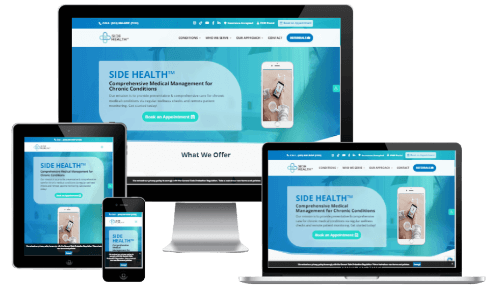
Clear navigation:
Visitors should easily find what they need without having to guess.
Side Health, a medical service provider, needed a clean site quickly, even with missing content. Smart Works delivered a clear, modern layout in just one month, making it simple for patients to navigate.
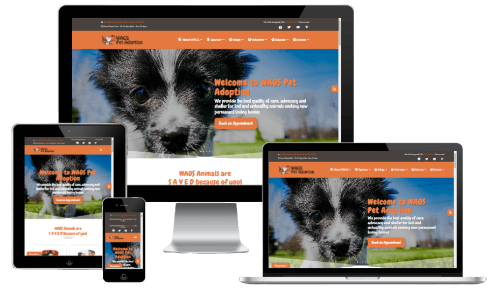
Mobile responsiveness:
Your site must look and function well on every device.
WAGS Pet Adoption had a site that wasn’t mobile-friendly. Smart Works rebuilt it so visitors could easily browse, sponsor, or adopt pets right from their phones.

Modern, consistent design:
Clean layouts and cohesive branding build trust.
Smart Works ensures every site reflects the brand’s personality, whether for nonprofits, clinics, or businesses.
For example, Element IV Therapy client received a professional redesign that significantly enhanced their brand image and credibility.
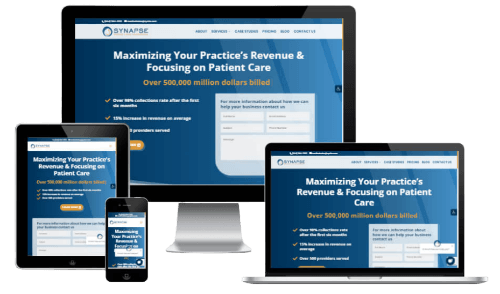
Strong calls-to-action (CTAs):
Every page should guide users to act, book, call, donate, or buy.
In projects like Synapse Medical, Accounting and Bookkeeping, Smart Works added clear, visible CTAs that led to more inquiries and stronger engagement.
Build a Functional Website with Smart Works
A well-designed website isn’t just about looks. It’s about creating an online space that works for your business anytime, anywhere.
Smart Works brings proven experience across industries, helping organizations upgrade from outdated, underperforming sites to modern platforms that attract customers and drive results.
“We build client websites out of passion, and that has been true since day one,” shares Smart Works’ Chief Operating Officer, Marvin Nuestro. “Every website we create is unique. We start from the drawing board to turn the client’s vision into reality. The design, code, content, and features are all carefully analyzed to ensure the site is functional and SEO-optimized.”
Ready to see the difference?
Explore more client stories at Smart Works Success Stories.
If you’re ready to elevate your website, partner with Smart Works to build a site that not only looks great but also works smart to grow your business.
Sources
150+ UX Statistics and Trends; Lifted from
https://userguiding.com/blog/ux-statistics-trends
The Web Credibility; Lifted from
https://credibility.stanford.edu/guidelines/index.html
Lessons from Marketing Stats; Lifted from
https://offers.hubspot.com/lessons-from-marketing-stats
Smart Works Success Stories; Lifted from
https://smartworksintl.com/success-stories/
Share of Website Traffic; Lifted from
https://www.statista.com/statistics/277125/share-of-website-traffic-coming-from-mobile-devices/
Consumer Trends; Lifted from
https://www.thinkwithgoogle.com/consumer-insights/consumer-trends/mobile-site-load-time-statistics/
Get In Touch
Let's start building your dream website! Send us your contact information and an overview of your exciting ideas and we'll build it together. We can't wait to hear from you!

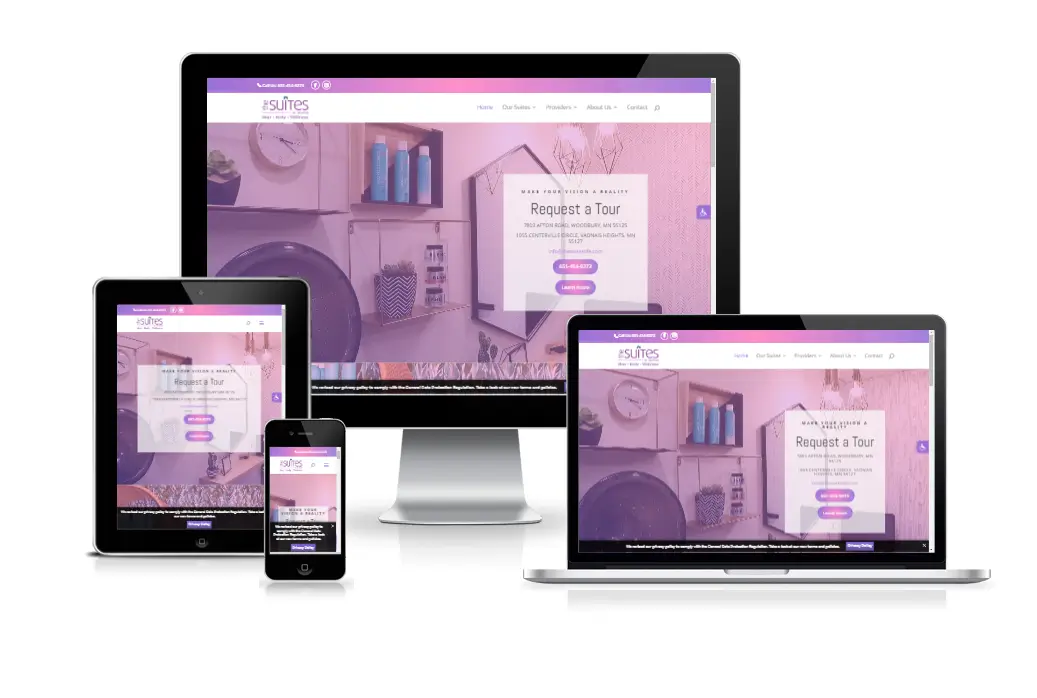
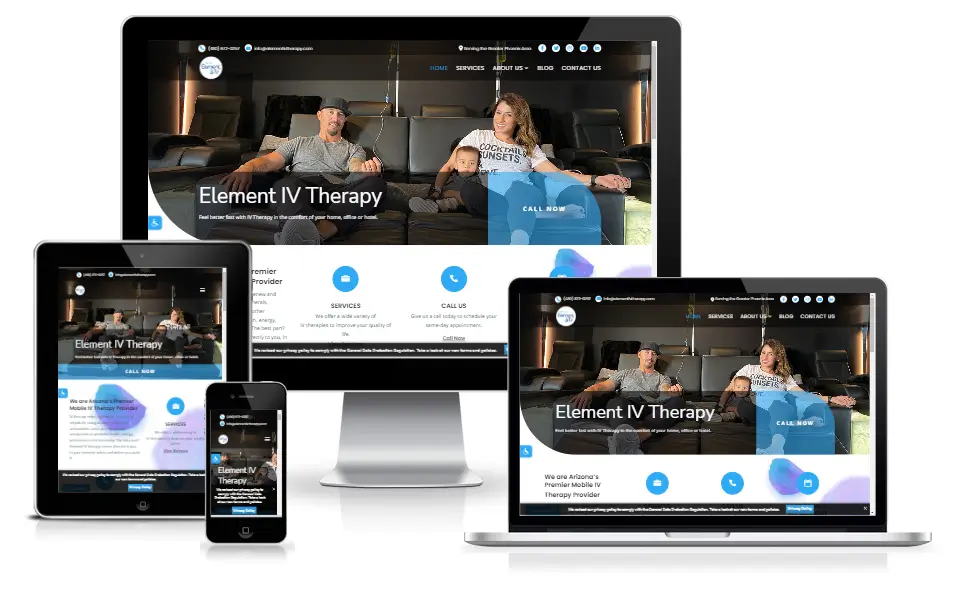
Recent Comments